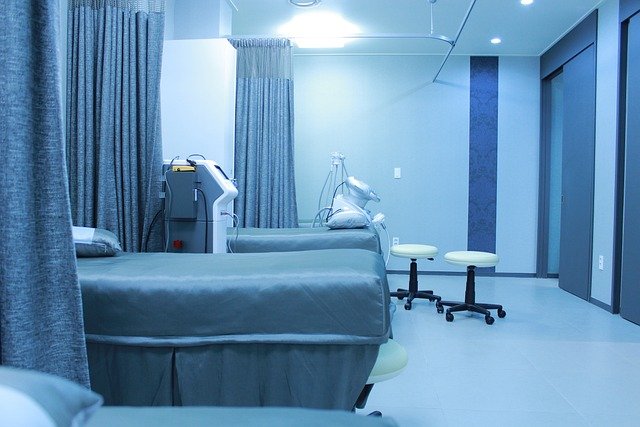"I can't die here, it's too ugly!"
That's how the late industrial designer Michael Graves explained his odyssey into uncharted professional territory: improving the healthcare experience with great design.
The internationally renowned architect/designer devoted his last years to making the healthcare environment more patient-centric, after becoming confined first in a hospital bed fighting for his life, then in multiple rehabilitation centers, and finally in a wheelchair until his passing.
The poor design in healthcare institutions infuriated him because the dispirited environment reinforces a patient's sense of helplessness and poor functionality robs patients of their dignity and the will to take control of their health.
For example:
He could not brush his teeth or shave his face by himself because the height and angle of the mirrors, faucets, and electric outlets in the hospital rooms were inaccessible to a wheel-chaired person.
The all-beige wall colors in the hospital room made him feel more depressed after a surgery, rather than feeling glad the procedure went well.
Most wheelchairs, still built on the half-century old X-brace, are too uncomfortable for patients to sit for an extended period and too heavy and bulky for the caregivers who have to push and navigate.
"Too many hospitals are built around a four-story central atrium designed as a showplace to hang plaques honoring their donors, instead of creating spaces that offer patients the comforts of home while they are away from home."
Waiting room chairs are often selected in a total absence of the voices of the patients who actually sit on it for a long period— and then have to get up, struggling with physical pain and disability.
What Mr. Graves aimed for is consistent with advanced QFD methods such as Kansei Engineering. The examples above illustrate the need for both physical ergonomics and psychological ergonomics. Physical ergonomics is an important design dimension in many QFD studies because it addresses important functional requirements. Psychological ergonomics addresses emotional quality and aesthetics and is better handled with Kansei Engineering because it is does a better job of extracting priorities of emotional responses.
Kansei Engineering
Kansei is taught in the QFD Black Belt® course as a part of QFD. When integrated, we call this Lifestyle Deployment for emotional quality. It works well with both Blitz QFD® and Classical QFD matrices. Kansei can also be done independently. Like Mr. Graves intended, with Lifestyle Deployment we can improve patients' emotional well-being — something intangible and yet very genuine to the healing process.
Kansei Engineering builds bridges among industrial designers (art), marketing, engineering, and operations. It has been successfully used in various industries and applications, from aerospace, commercial airlines, cosmetic packaging, brand building, beers, and chemical processing; even something as simple as tea cups, for example. Combining Kansei techniques with Modern QFD tools, Lifestyle QFD helps you identify the unspoken, high-impact emotional quality requirements, leading to creation of a wow factor and emotional branding.
Kansei and Lifestyle QFD
These advanced methods are not just for the trendy market or style-conscious products. These tools will become more desirable and valuable in the future for a couple of reasons.
First many countries including the U.S. are seeing a shift in their population toward the aged. Second, thanks to the advancement in medicine and technology, more lives and limbs are saved from diseases, injuries, accidents and even wars. This means an increasing population of the sick, injured, and various limitations as well as the healthy and aged who will demand even better accessibility and user-friendly design that deliver on the emotional and psychological needs and well-being.
These segments will continue to grow, and it is important that all industries, not just the healthcare/medical industry, be prepared to address these unique needs. Chances are good your business will have some level of engagement with this customer segment in one way or another.
"What does "looks good' mean?" Asked once by a reporter, Mr. Graves replied, it means to him, "feels good." He succeeded in making us feel good and often delighted with his extensive life work.
"What would be the essence of good design in healthcare experience?" If we could ask him today, "I feel better, I want to feel better," we can picture him saying.
Let's Learn
Let's learn how to incorporate the intangible and yet potent emotional requirements in your product, service, and process with Kansei Engineering. Please join us in the next QFD Black Belt® Course (live online workshop, 4-hours/week x 10 weeks). This course can be also scheduled as in-company training; please inquire.


